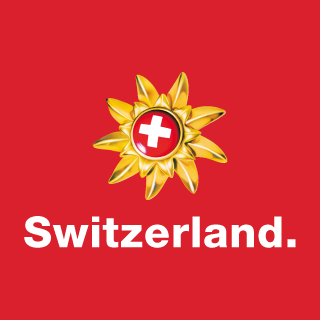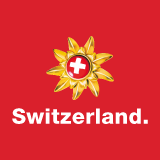Under German rule
When the Ottonians and Saliers (925 - 1125) occupied the German imperial throne, the areas of Switzerland were divided between the Kingdom of Burgundy , the duchy of Swabia, the Duchy of Bavaria and the Kingdom of Italy. These all formed part of the "Holy Roman Empire of the German Nation" under the German Emperor.
Society under German rule
The German Emperor Conrad II, who in 1032 united the Swiss territories, ruled over large parts of western and central Europe. However, the local rulers came from very different backgrounds: some were members of important noble families, while others were non-aristocratic landowners, abbots or bishops.Not all of these rulers had the same rights. Many rights were guaranteed directly by the Emperor to individuals and later to communities without any local intermediation.
However, the rights retained by the local rulers (minting of coins, collection of customs duties, running of markets and management of the courts), helped them to become wealthy.
The Emperor and the nobility
The Western Empire of Charlemagne was divided among his heirs. However, the German Empire of Otto was not divided: the subsequent rulers were elected by the German princes and only members of certain families could compete for election. If an emperor was weak, the powerful families virtually had a free hand. The most powerful families on Swiss territory were the Zähringers (founders of Bern and Fribourg), the Counts of Savoy, the Kyburgs and the Habsburgs.The Emperor was backed by two pillars of power:
1) The personal power of his family’s properties
2 ) His power as ruler of an entire empire.
This duality became very evident to the Swiss when members of the Habsburg family, which owned much land in Switzerland, were elected emperor. On account of their properties, the Habsburg rulers did their best to restrict the freedoms of the local communities as much as possible.
The revival of the towns and trade
In the 11th century, major economic changes took place that had a lasting effect on the development of the Swiss economy.Agricultural production - as a result of favourable climatic conditions and improved cultivation techniques - was enhanced. The more favourable living conditions led to population growth since the increased harvests meant that more people could be fed.
Not all those who were able to work needed or were able to be employed in agriculture and so new professions ( artisans and merchants) developed. Trading centres and towns were gradually established during the 12th and 13th centuries so that these people could provide services to the rural population from a central location.
An important milestone in the development of Switzerland was the opening of the Gotthard Pass in 1220. The areas to the north of the pass (Uri and Schwyz) became coveted territories because the lucrative trade route could be controlled from them.
Reichsunmittelbarkeit
The Emperor guaranteed Uri and Schwyz Reichsunmittelbarkeit (Imperial Immediacy), which meant these areas were directly subordinate to the Emperor.Over time, other communities and cities received Imperial Immediacy. This status was highly sought after because without intermediate rulers the local population enjoyed a relative amount of autonomy over its local affairs.
This pattern of development was much the same throughout the empire. Switzerland was an exception in that rural areas were also granted Imperial Immediacy. These areas were mainly inhabited by farmers who had their own land (which they had cultivated themselves) and were not dependent on landowners.
More about Swiss history

